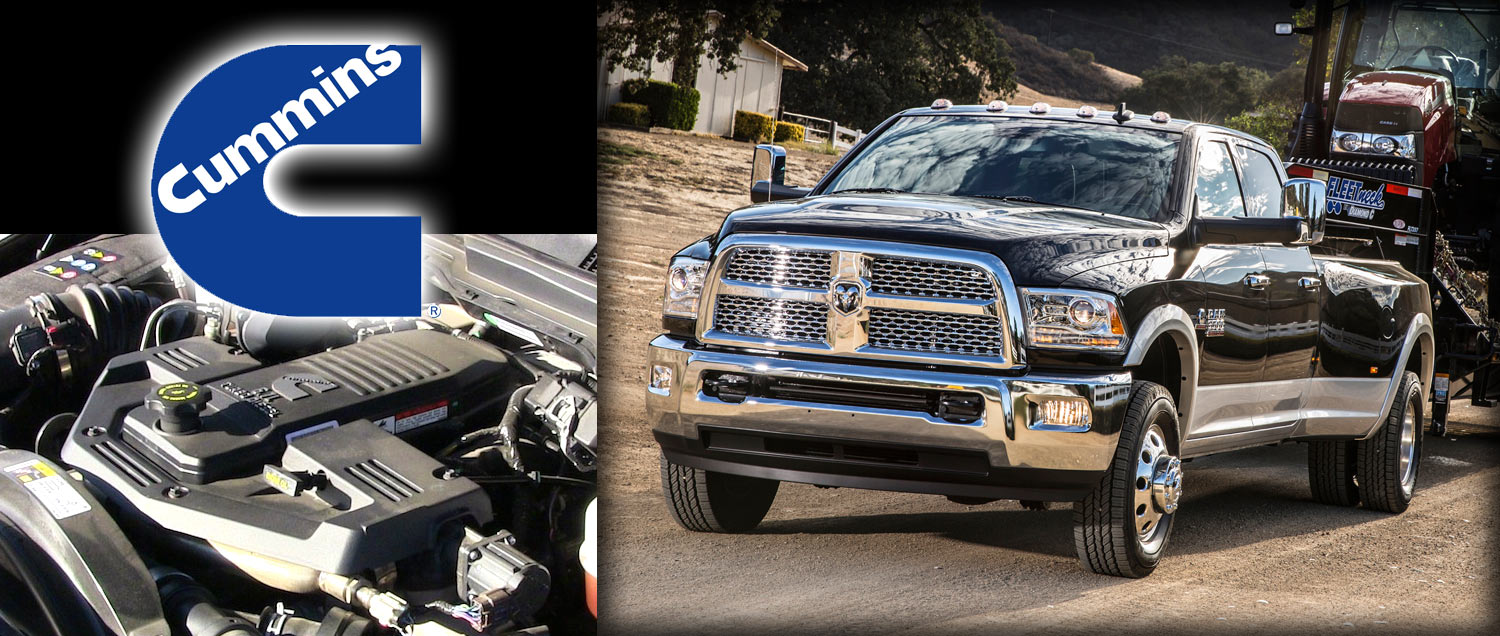
12V 5.9L Cummins 1989-1998
The 6BT Cummins was introduced in 1984 as an engine for agricultural equipment. In 1989, Dodge teamed with Cummins to offer the 5.9L Cummins in their 3/4 and 1 ton Dodge Ram pickups. The 12v Cummins quickly became a popular alternative to Dodge’s V-8 gas engines, as the diesel generated nearly double the torque at low engine speeds and provided a significant increase in fuel economy, especially loaded down. The 12v Cummins, or 6BT, received an intercooler in 1991, and the P1700 injection pump replaced the VE for the 1994 model year. The 12v Cummins is arguably the most popular Cummins produced to date amongst Dodge Ram owners. It was produced through the 1998 model year, where it was eventually phased out in favor or a more emissions friendly 24 valve version, the 5.9L ISB. The 6BT has been used in a variety of applications, including light and medium duty trucks, agricultural equipment, and construction machinery.
24V 5.9L Cummins 1998-2007
In 1998, the 12v Cummins was phased out in favor of a redesigned 24 valve version of the engine, the 5.9L Cummins ISB (often referred to simply as the 24v Cummins). The ISB featured a Bosch VP44 rotary type injection pump until 2003, when the injection system was upgraded to a Bosch high pressure common rail. Power output and performance potential were significantly increased thanks to the common rail injection system. For the 2001 model year, an optional High Output (HO) version of the 24v Cummins was made available, which offered an increase in output – it was only available with a a manual transmission. The 5.9L Cummins was altogether retired mid-way through the 2007 model year, being replaced by the more emissions friendly 6.7L Cummins.
6.7L Cummins 2007-Present
The 6.7L Cummins is the latest of the B-series engine family, introduced mod-model year in 2007. With an introductory rating of 350 horsepower and 650 lb-ft of torque, it is also the most powerful B-series offered in a Dodge/Ram pickup. The 5.9L was replaced by the 6.7L due in-part to stricter Federal emissions regulations, not to mention the fact that the engine design was nearing 10 years old and a more advanced platform was necessary to stimulate future growth under growing constraints. It is the first Cummins to require a diesel particulate (DPF) system, which captures more than 90 percent of soot from the exhaust stream and cleans itself through a process known industry wide as “regeneration”. The current 6.7L Cummins produces up to 900 lb-ft equipped with the AISIN transmission.
